Gone are the days when “eco homes” were Swiss Family Robinson-style, shabby abodes. Today eco homes are beautifully designed and sustainable.
Green design has changed the way we view our homes. Thanks to the availability of high-tech materials and designs, we can now enjoy an energy and water-savvy home that is cost-effective and soothing on the eye.
A green approach to building your home won’t only save you money in the long run; it also helps to lighten your home’s environmental footprint, which will mitigate the challenges of climate change.
Where to start
“With a new build, energy efficiency should start during the design phase,” says Kerry Henning, marketing manager at Saint-Gobain Gyproc, “as it will impact on our lives and our environment for many years to come.” The typical building today is expected to last at least 50 years (often much longer).
Tip: Do research and get a clear picture of your ideal eco home. Remember, the design should suit your lifestyle and budget.
Building materials
Qualified sustainable building architects and contractors will specify the latest environmentally conscious architectural solutions and innovative high-performance building materials. There are so many eco-friendly building materials a contractor can use during the building process.
Tip: Contact the Green Building Council South Africa (GBCSA) for a list of registered architects and building contractors.
Eco basics
Passive heating and cooling, energy and water efficiency, air quality and low maintenance costs are all important factors to consider when deciding on what type of technology to implement in designing an eco-friendly home.
Katy Truscot, marketing manager at Green Leaf Alternative Solutions, suggests the following eco must-haves:
• A solar photovoltaic system, including solar panels, batteries and an inverter;
• A solar geyser;
• A greywater recycling and rainwater harvesting system, as well as a back-up tank;
• LED lights; and
• A building automation system to integrate the systems and maximise efficiency.
Will it cost an arm and a leg?
When designed correctly, sustainable homes don’t cost much more than their traditional counterparts.
In the long run, sustainable designs outweigh their traditional counterparts by leaps and bounds. “The payback – in terms of better quality of life, improved productivity, enhanced energy efficiency, and lower running and maintenance costs – begins on day one,” says Kerry.
With thanks to Green Leaf Alternative Solutions and Saint-Gobain Gyproc





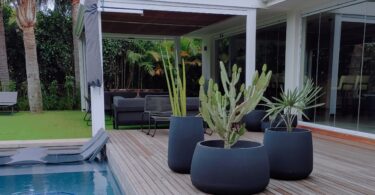
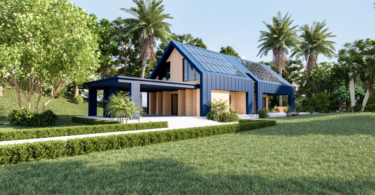
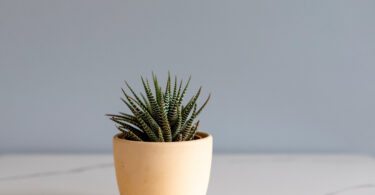
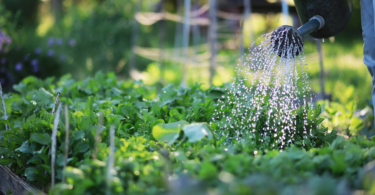

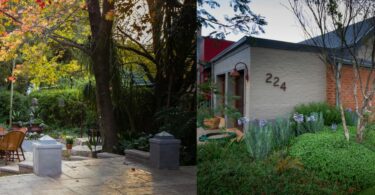
Leave a Comment